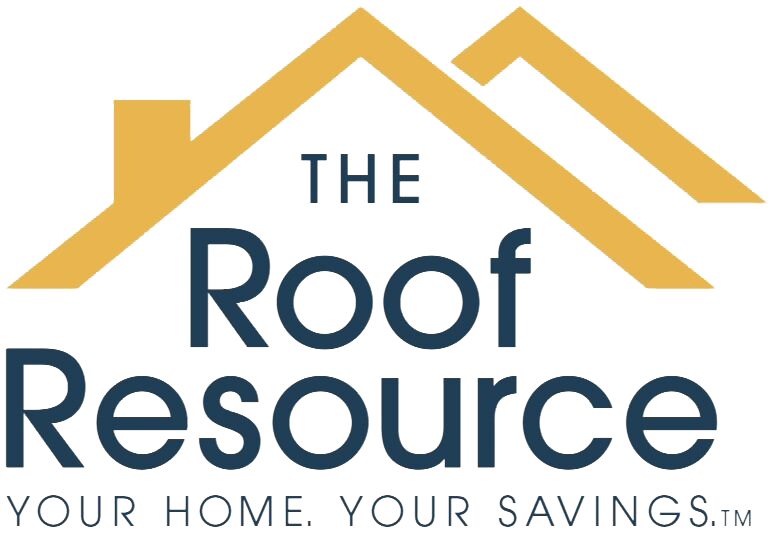Roof Replacement in Sevierville, TN
If you’re a homeowner in Sevierville, TN, the thought of roof replacement may have crossed your mind at one point or another. Your roof is an integral part of your home, providing protection from the elements and ensuring the safety and comfort of your family. Over time, wear and tear can take a toll on your roof, leading to the need for replacement. However, the decision to replace your roof is not one to be taken lightly. There are several factors to consider, from the materials and cost to the process and finding the right contractor. In this guide, we’ll explore everything you need to know about roof replacement, empowering you to make informed decisions about this essential home improvement project.
The Signs for Roof Replacement
The first step in considering a roof replacement is appreciating the signs that indicate your roof may need attention. Some common indicators that your roof may need replacing include:
1. Age: Most roofs have a lifespan of about 20-25 years, depending on the materials used. If your roof is approaching or has exceeded this age, it may be time to consider a replacement.
2. Water damage: Water stains on your ceiling, mold growth, or visible water damage in your attic can be signs of roof damage that may require replacement.
3. Missing or damaged shingles: If you notice missing, curling, or cracked shingles, it could be a sign that your roof is nearing the end of its lifespan.
4. Sagging roof deck: A sagging roof deck could indicate structural damage, and in severe cases, it may be necessary to replace the entire roof.
5. Granules in gutters: If you find granules from your shingles accumulating in your gutters, it could be a sign that your roof is deteriorating and may need replacement.
Acknowledging these signs can help you determine whether your roof is due for replacement and can prompt you to take action before more serious issues arise.
Choosing the Right Materials
When it comes to roof replacement, selecting the right materials is crucial. There are various options available, each with its own benefits and considerations. Common roofing materials include asphalt shingles, metal roofing, wood shakes, and tile roofing. Factors to consider when choosing materials include durability, aesthetics, maintenance requirements, and cost. Understanding the pros and cons of each material can help you make an informed decision that aligns with your preferences and budget.
Finding a Reliable Roofing Contractor
Finding a reputable and reliable roofing contractor is essential for a successful roof replacement project. Do thorough research, read reviews, and ask for referrals from friends and family to find a contractor with a proven track record of quality workmanship and customer satisfaction. Ensure that the contractor is licensed, insured, and offers warranties on both workmanship and materials. Request a detailed written estimate and have a clear appreciating of the project timeline and any potential challenges that may arise during the replacement process.
Understanding the Cost of Roof Replacement
The cost of roof replacement can vary widely depending on factors such as the size and complexity of your roof, the materials chosen, and the contractor’s pricing structure. It’s essential to obtain multiple quotes and compare the scope of work, materials, and pricing to ensure you’re getting the best value for your investment. Keep in mind that quality materials and skilled labor are worth the investment, as they can ensure a long-lasting and durable roof that adds value to your home.
The Roof Replacement Process
Once you’ve chosen the right materials and contractor, it’s time to understand the roof replacement process. The process typically involves several stages, including the removal of the existing roof, inspection of the roof deck for any damage, installation of new underlayment, and finally, the application of the new roofing material. Throughout the process, communication with your contractor is key to ensuring that the work meets your expectations and is completed to your satisfaction.
Maintaining Your New Roof
After your roof replacement is complete, it’s important to establish a regular maintenance schedule to prolong the lifespan of your new roof. Routine inspections, gutter cleaning, and addressing any minor issues promptly can help prevent larger, costlier problems down the line. By staying proactive with maintenance, you can ensure that your new roof continues to protect your home for years to come.
In the end
Roof replacement is a significant investment in your home’s safety and longevity. By appreciating the signs that indicate the need for replacement, choosing the right materials and contractor, and being knowledgeable about the process and maintenance, you can navigate the roof replacement process with confidence and peace of mind.


